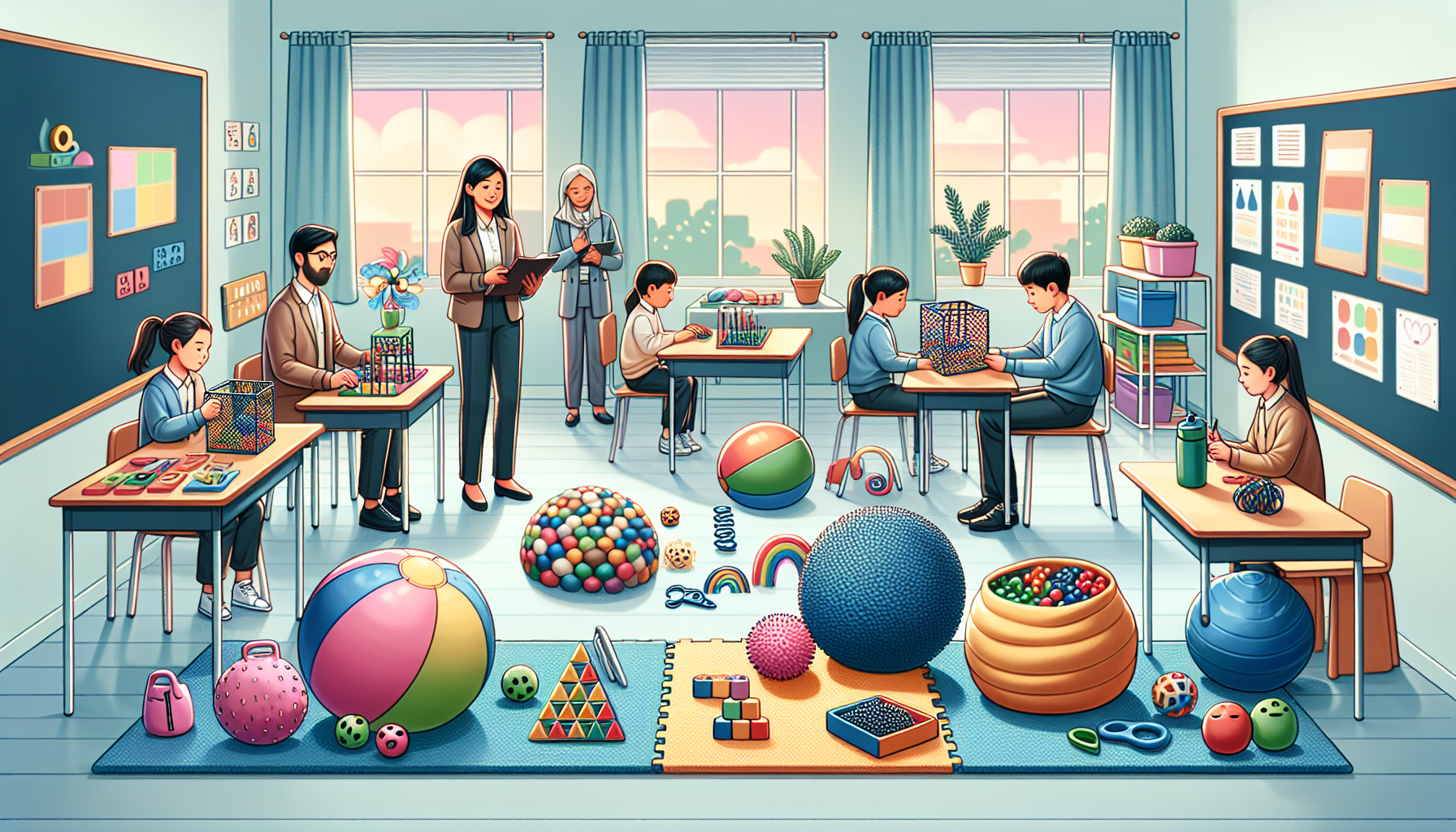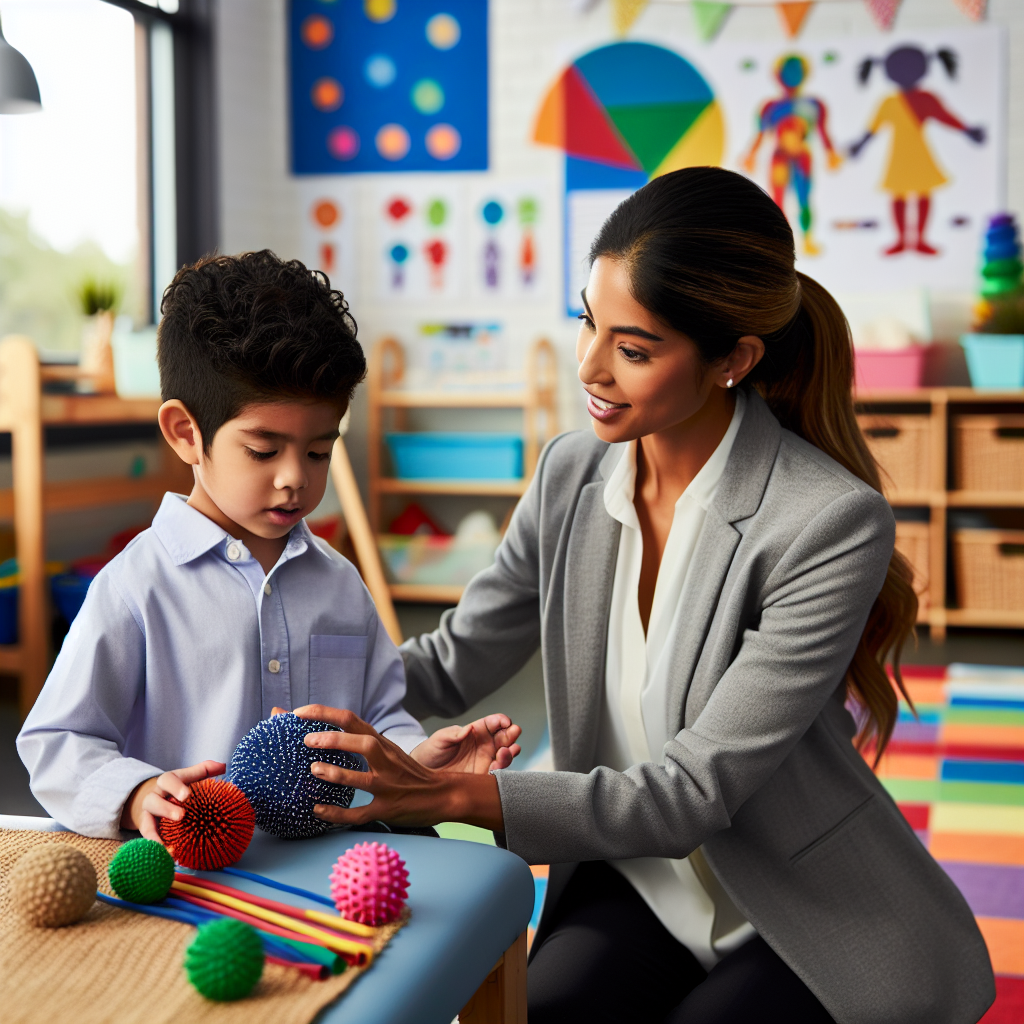Sensory processing is a critical component of how we interact with the world around us. It involves the way the nervous system receives messages from the senses and turns them into appropriate motor and behavioral responses. For some individuals, sensory processing does not develop as typically expected, leading to challenges in educational settings. This article explores these challenges and offers comprehensive solutions to support sensory processing in education.
Understanding Sensory Processing Disorder
Sensory Processing Disorder (SPD) is a condition where sensory signals are either not detected or don’t get organized into appropriate responses. A student with SPD might be over-responsive to sensory stimuli that others may not notice, or under-responsive to stimuli, seeking out more intense sensory experiences. The result can be a significant impact on learning and behavior in the classroom.
For further understanding of sensory health and related issues, consider visiting Avix Health’s Sensory Health section.
Identifying Challenges in the Classroom
Students with sensory processing challenges may exhibit difficulties with attention, coordination, and social interactions. They might be easily distracted by background noises or become overwhelmed by the bustle of a busy classroom. Some may have trouble sitting still, while others may not respond to sensory cues that teachers use to maintain order and attention.
Sensory Integration Strategies
To support students with sensory processing challenges, educators can implement sensory integration strategies. These techniques are designed to help students process and respond to sensory information more effectively. Some strategies include:
- Sensory Breaks: Allowing time for movement or rest to help students regulate their sensory needs.
- Flexible Seating: Offering options like stability balls or standing desks can cater to students’ sensory preferences.
- Sensory Tools: Items like fidget spinners or chewable jewelry can provide the necessary sensory input for some students.
For more on how sensory tools can aid in support, read about Sensory Tools and Resources for Effective Autism Support.
Incorporating Multisensory Teaching Techniques
Multisensory teaching involves using multiple senses to help students learn and retain information. This can be particularly beneficial for students with SPD. Techniques include:
- Visual Aids: Charts, videos, and flashcards can enhance visual learning.
- Tactile Activities: Hands-on activities using textures or manipulatives can help with tactile learning.
- Auditory Methods: Songs, rhymes, and discussion support auditory learners.
Creating Sensory-Friendly Learning Environments
Educators can design their classrooms to be more inclusive for students with sensory processing challenges. Considerations include:
- Lighting: Natural lighting or lamps instead of fluorescent lights can reduce visual stress.
- Noise Control: Using carpets and soft furnishings can help absorb sound, and noise-canceling headphones can be provided.
- Visual Clutter: Minimizing wall decorations can reduce visual distractions.
Learn more about the importance of environment design in Sensory Friendly Practices for Hospital Design and Care, which also applies to educational settings.
Professional Development for Educators
For educators to effectively support students with SPD, they need professional development opportunities to learn about sensory processing and integration strategies. Training can include workshops, seminars, or collaboration with occupational therapists who specialize in sensory integration therapy.
External Support Resources
Educators and parents seeking niche resources can explore the following:
- The STAR Institute offers comprehensive training and resources on SPD.
- The Out-of-Sync Child provides books and materials for understanding and coping with SPD.
- Understood is an organization that offers resources for educators and parents of children with learning and attention issues.
These resources can provide in-depth information and practical tools to support students with sensory processing challenges.
Collaboration with Parents and Professionals
Effective collaboration between educators, parents, and professionals such as occupational therapists can lead to a more holistic approach to supporting students with sensory processing challenges. Regular communication and shared strategies can ensure that students receive consistent support across all environments.
The Role of Technology in Sensory Integration
Advancements in technology have led to the development of software and apps designed to support sensory processing. Interactive games that require sensory input, such as touch or movement, can be integrated into the learning process to provide a stimulating and engaging experience for students with SPD.
Monitoring and Adapting Strategies
It’s essential to monitor the effectiveness of sensory integration strategies and make adjustments as needed. Regular assessments and feedback from students can guide educators in fine-tuning their approach to meet the evolving needs of their students.
Conclusion
Sensory processing plays a vital role in how students learn and interact with their environment. Addressing the challenges associated with sensory processing in education requires a comprehensive approach, including sensory integration strategies, multisensory teaching techniques, a sensory-friendly learning environment, professional development, collaboration, and the use of technology.
By understanding the complexities of sensory processing and implementing targeted solutions, educators can create a more inclusive and effective learning environment for all students.
For educators and parents looking to deepen their understanding of sensory processing and integration, remember to explore the wealth of information available through specialized websites and resources. With these tools and knowledge, we can better cater to the unique learning needs of every student, ensuring they have the opportunity to succeed in education and beyond.



